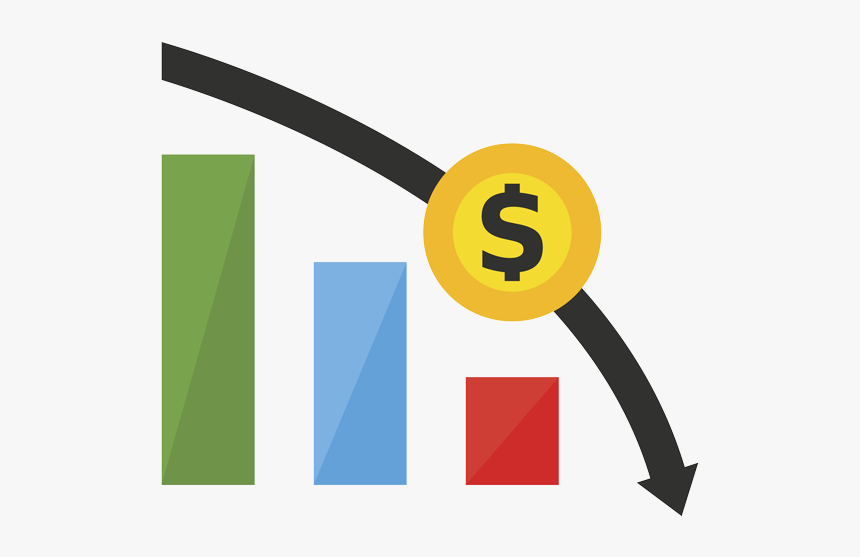
Lower Cost
In the past ten years, the price per watt for renewable energy has dropped substantially. All the same, due to the technology involved, renewable resource installations still require a higher initial capital investment than a fossil fuel burning plant. For example, in 2013, utility-scale PV system prices fell below $2 to $1.80 per watt. Beyond that, there are no fuel costs nor emission maintenance.
Fossil fuel burning plants, however, have experienced rising (sometimes volatile) fuel prices as well as hidden costs. While direct cost of generating electricity from coal is around 2.5 cents/kWh, the effects on public health add an average of 14 to 35 cents per kilowatt-hour. Building clean coal plants to sequester carbon and other emissions have projected costs of $6.80/watt, making them far more expensive than renewable resources.
Also, operational cycling puts fossil fuel plants under unavoidably high thermal and pressure stresses, causing damage from material fatigue and expensive unplanned plant shut downs. Most utility scale renewable installations have modular designs which keeps the bulk of the installation still generating power during equipment outages.

Security and Stability
Instability in oil-rich regions – like the Middle East, the Persian Gulf, and between Europe and Russia – have caused disruption to the production and transport of fossil fuels. This has repeatedly led to wider economic stresses, wider social/political instability, and increased the volatility of fossil fuel prices.
Renewable energy can reduce dependence on foreign energy sources. Technical innovations make renewable energy less expensive and more attractive to investors as a way to hedge against fossil fuel price volatility. Relying on renewable energy has recently led to a reduced demand for fossil fuels and reduced prices. In 2013, the world added more renewable electricity capacity (143 gigawatts) than new fossil fuel plants (141 gigawatts).

Protect the environment
For nearly 200 years, the bulk of mechanical and electrical energy generation has been fueled by burning LOTS of carbon-based stuff: wood, coal, oil, or natural gas. All that extra carbon dioxide (CO2) has warmed the globe, making 2014 as Earth’s warmest since 1880.
Climate change can lead to increases in hunger and instability in human societies. A study published in Nature last year showed that, in order to have a 50% chance of keeping the average global temperature rise below 26°C (79 °F) throughout the 21st Century, restricting carbon emissions from 2011 to 2050 would result in 82% of all fossil fuels being left underground.
Renewable resources are either carbon-neutral (such as biomass) or use no fuel to create greenhouse gasses. Relying on renewable energy products protects the environment and helps keep the climate stable.

Availability
Within 93 million miles of the earth, there is NOTHING more powerful than our sun. Its heat and gravity help drive our planet’s wind and tides. Every country has the potential wind and/or solar capacity to generate renewable energy. Wind energy is expected to hit 611 GW installed capacity by 2020 and may even exceed one billion watts by 2030. In 2013, utility-scale wind and solar installations world wide contributed about 787 gigawatts (GW). The Middle East and North Africa alone receive enough solar radiance “that is by several orders of magnitude larger than the total world electricity demand.”
The world’s rising energy demands are precisely why renewable energy matters – they sustain the environmental, economic, and social factors that matter to humans most.